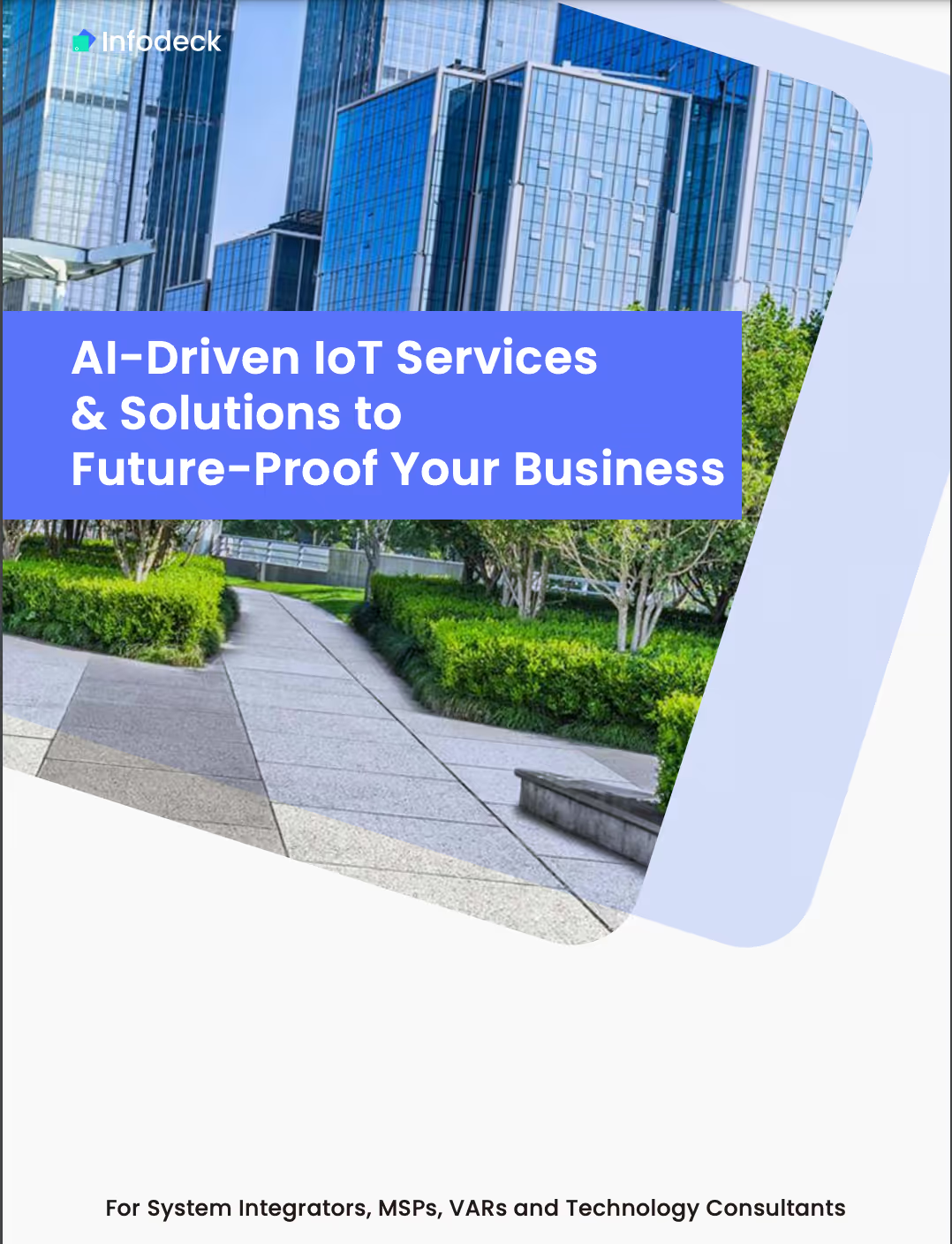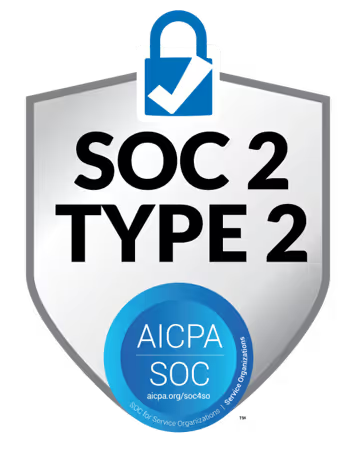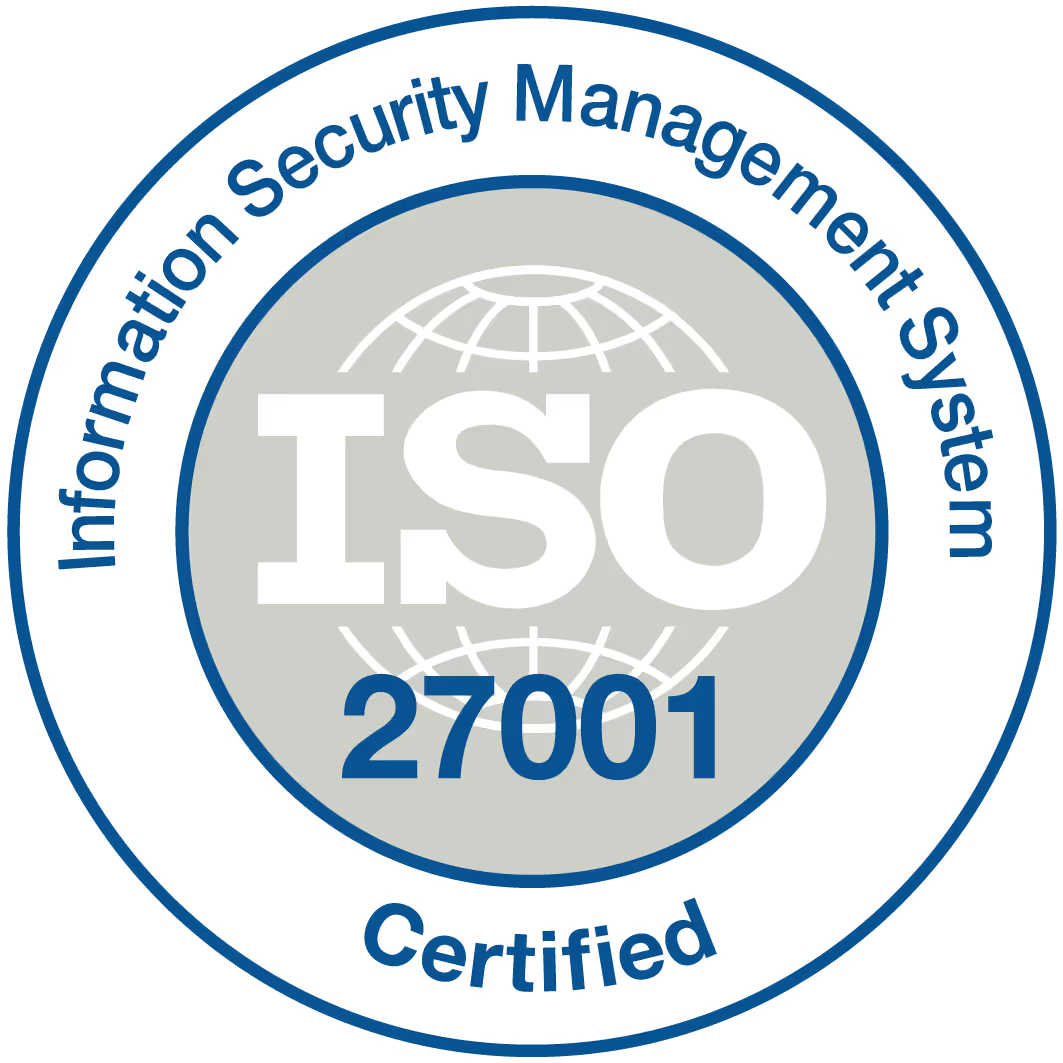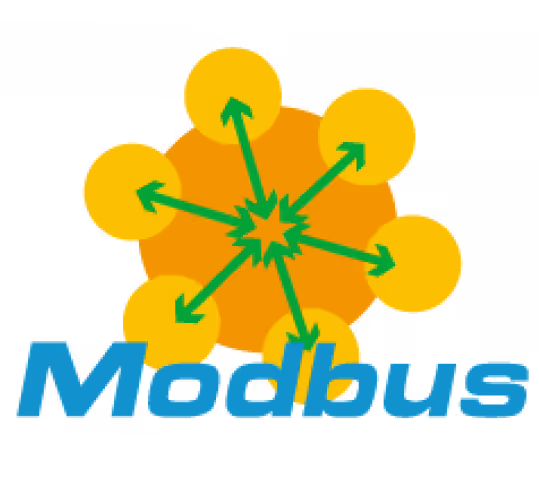Integrated Building Management Systems (IBMS) in Facility Management
Key Takeaways
- IBMS stands for Integrated Building Management System, which centralizes building operations like HVAC, lighting, and security to optimize efficiency, automation, and sustainability. It harnesses real-time data to enable smarter decision making and simplify facility management.
- IBMS in buildings further streamlines energy management, safety compliance and cost reduction. It simply creates a more productive and comfortable space for occupants.
- Digital twin technology integrates with IBMS to develop virtual copies of physical systems, allowing for real-time simulations, predictive analytics, and scenario modeling that fosters smarter planning and risk mitigation in building operations.
- Experienced facility managers will be essential to translating IBMS data into actionable insight. Training, collaboration and leadership are key to making it soar within companies.
- Issues such as legacy system integration, cybersecurity and user adoption can be mitigated with scalable solutions, strong security and thoughtful rollout strategies.
- What’s next for smart buildings is the increasing fusion of IBMS with AI, IoT, and even augmented reality, ushering in the era of fully automated, sustainable, occupant-first environments.
IBMS integrate hardware and software and provide a centralized platform to manage systems such as HVAC, lighting, security, clean room, elevators, and energy management. Crafted for performance, IBMS optimizes energy usage, lowers operating expenses, and increases building efficiency.
By combining live data and automation it delivers actionable insights for facility managers to optimize performance. This post dives into how IBMS revolutionizes facility management, highlighting its design, advantages, and use cases in contemporary smart buildings.
What is an IBMS?
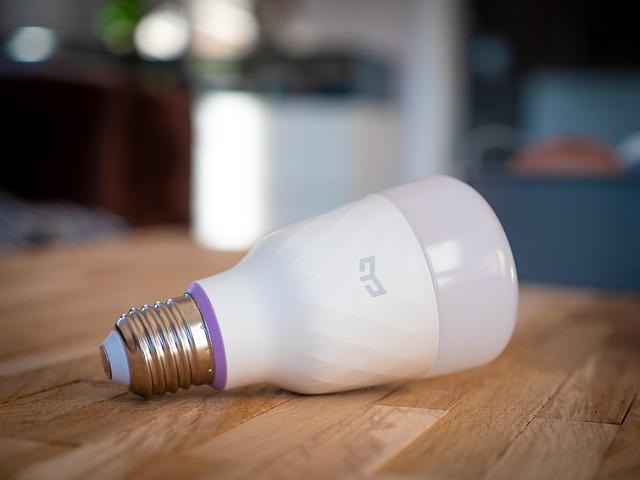
An IBMS is a centralized platform that integrates and manages different building functions like HVAC, lighting, and security. By integrating these systems into a single interface, IBMS allows building operators to more efficiently monitor and control operations. This removes the requirement for disconnected systems, offering a unified solution to facility management.
IBMS harnesses emerging technologies such as IoT sensors, data analytics, and automation to maximize building efficiency. For example, motion sensors can control lighting and predictive algorithms can activate HVAC when needed. Smart automation like this isn’t just sustainable, it’s in line with global energy efficiency standards.
Open-source and API-first architectures in modern IBMS platforms enable seamless customization, making them adaptable to diverse building needs. This flexibility allows facility managers to tailor the system to their specific requirements, enhancing overall functionality.
One of IBMS’s superpowers is managing real-time data from multiple facilities. By collecting data from sensors and systems, IBMS can offer actionable insights, like detecting equipment inefficiencies or forecasting maintenance needs. For instance, facility managers can monitor energy consumption patterns or get notified of impending equipment malfunctions through dashboards, allowing them to act swiftly.
In addition, for the facility manager, there is a key benefit in the way the system can streamline maintenance workflows. Automated task scheduling, remote diagnostics, and CMMS integration keep your repairs timely and downtime to a minimum. By aggregating control across systems, IBMS enhances operational efficiency and minimizes manual control.
Why IBMS is Important
An Integrated Business Management System (IBMS) is crucial in making things easier by integrating your people, assets and processes into one system. Its multi-dimensional capabilities tackle crucial elements of efficiency, safety, cost and workplace productivity with quantifiable results.
IBMS trumps energy management by keeping an eye on resource consumption throughout facilities. Centralizing control of HVAC, lighting and other energy-intensive systems, it cuts consumption 10-15% per year. For instance, automated adjustments informed by real-time occupancy data guarantee that energy is utilized strictly when required, which supports sustainability initiatives while minimizing operational expenses.
Safety compliance is a further benefit of IBMS. It converges building systems like fire alarms, video cameras and access control into a unified platform. This centralized strategy offers instant warnings for impending dangers, such as water leakage or electrical fires, facilitating a prompt solution.
In healthcare, for example, IBMS aids biomedical labs by preserving controlled environments essential to the accuracy of patient samples — which, in turn, influences diagnostic precision. Cost savings through less inefficiencies and predictive maintenance are also significant advantages of IBMS.
IBMS automation reduces manual efforts by managing tasks such as equipment monitoring and scheduling. Smart, predictive algorithms catch wear and tear before it causes disruption, minimizing downtime and maintenance costs. Take, for instance, detecting abnormal vibrations in HVAC systems prior to a breakdown.
IBMS engenders a good working environment by managing space. By studying occupancy patterns, it configures workspace layouts to maximize collaboration and minimize unused spaces. This is especially powerful for hybrid work organizations, giving employees access to well-used and comfortable spaces.
IBMS and Digital Twin
Take a digital twin, for example — a highly accurate virtual replica of assets, processes or systems. Unlike traditional simulations, which look at a single process, digital twins are more holistic in scope, allowing for multiple simulations to examine how interconnected components operate as an asset. This enables real-time data sharing via a bi-directional flow of information between object sensors, system processors, and the source.
The idea, initially expressed in 1991 by David Gelernter in Mirror Worlds and then formally applied to manufacturing in 2002 by Dr. Michael Grieves, has since grown into a pillar of operational excellence across sectors.
Digital twin technology opens up new possibilities when applied to IBMS. By combining real-time IBMS sensor data with digital twins, operators can conduct predictive analytics and simulations to predict problems before they occur. For instance, an IBMSE digital twin of an HVAC system in a building can forecast machinery malfunction, minimizing downtime and maintaining performance.
This becomes particularly potent in facility management, where planning, modeling, and optimizing building operations are key. Digital twins make these easier by providing an in-depth, data-based perspective of systems under different conditions.
Digital twin prototypes are vital for risk reduction and decision-making. These enable facility managers to simulate ‘what if’ scenarios, such as energy spikes or equipment failures, to find the best response. Digital twins optimize manufacturing and asset performance by detecting inefficiencies and providing optimization recommendations.
With an end-to-end application of this technology, owners and operators can balance cost savings with scalability. With increased adoption, the global digital twin market will be valued at USD 73.5 billion by 2027. This indicates its growing importance, especially in IBMS, where automation and data-driven insights lead the charge for security and efficiency.
The Human Element in IBMS

IBMS tends to be looked at through a technology lens; its success is a function of the human element. Expert facility managers are key to bridging the human element with IBMS — to making sense of the masses of data it produces and turning them into actionable strategies. Sure systems can track energy efficiency or HVAC or occupancy, but it’s human expertise that can put these insights in context and connect them to organizational goals.
For instance, optimizing energy use in a multi-floor office goes beyond data — it’s about knowing when tenants come and go, what equipment they need at certain times, and even the weather.
Training is essential to enable facility experts to harness IBMS and new technologies such as digital twins. These tools can mimic building operations, but their value is only unlocked when users understand how to decode simulation results. Without training, the most fantastic systems are in danger of going unused.
Data literacy, scenario modeling, and predictive maintenance programs can increase proficiency. There’s an obvious analogy in AI-enabled HR systems — automation is great for the repetitive stuff, but the nuanced decisions need trained humans.
Working with support staff and managers keeps IBMS swell! Though facility managers establish high-level strategies, system calibration, troubleshooting, and updates are dependent on team coordination on a daily basis. This dynamic requires constant communication and shared ownership over system performance.
For example, scheduling maintenance in line with operational data avoids expensive downtime. Leadership is another key element. Without executive buy-in, IBMS efforts tend to stall. Leaders establish the adoption tone, provide resources, and promote a culture of innovation.
Human-centered AI principles — fairness and transparency — provide a roadmap for designing systems that complement, not supplant, human capacities. This has been critical in AI-powered HR platforms, underscoring that tech works best when humbly steered by human hands.
Overcoming IBMS Challenges
Merging legacy facility systems with new IBMS solutions is a common problem. Legacy systems frequently are not compatible with API-first architectures essential for frictionless data flow. Infrastructure migration to the cloud can solve this, decreasing downtime and increasing efficiency.
Take, for instance, how moving IBM i systems to the cloud facilitated open-source integration, with the advantages of scaling and real-time monitoring. Equally critical is making sure the underlying infrastructure is reliable — strong systems create less chaos when stitch-ins occur.
Security is of utmost importance in IBMS settings because of the critical operational information involved. Meeting GDPR/HIPAA/SOC 2 and other such regulations means encrypting data in transit and at rest. Auto-security with AI can catch holes before they appear and push down risks.
The stakes are high—data breaches cost an average of $9.44 million in the US in 2022. Pairing proactive performance monitoring with secure architecture makes IBMS environments resilient and compliant.
Scalability is the other cornerstone to contemporary IBMS solutions. Facilities grow their operations and need systems that can grow with them without wrenching changeovers. Cloud-based IBMS platforms shine here, utilizing elastic computing to scale effortlessly.
For example, automating workflows through AI minimizes manual errors and enables scaling by streamlining resource utilization. The estimated $947.3 billion cloud market by 2026 emphasizes this progression toward scalable, flexible services.
Staff resistance to change can forestall IBMS adoption. Tackling this demands clever change management—inviting teams into the process early, delivering strong training, and illustrating real gains, for instance, productivity enhancements via streamlined workflows.
Emphasizing that IBMS eliminates busy-work, yet makes you more efficient can inspire adoption.
The Future of Smart Buildings

The future of smart buildings is in iBMS. With digital twin technology, buildings can be mirrored in virtual environments, letting you monitor performance in real-time and perform predictive maintenance. For example, a digital twin of an HVAC system might predict component failures in order to reduce downtime and expenses.
These tools embrace open-source ecosystems and API-first architectures, allowing for flexibility and scalability, and encouraging developer collaboration.
AI and IoT advancements are at the core of iBMS enhancements. IoT devices with IP connectivity build strong networks for sharing and analyzing data. AI algorithms can analyze this data to ‘educate’ buildings on how to self-regulate—adjusting lighting, temperature, or energy consumption in real time.
For instance, a building could dim lights and cut back on energy use during off hours — slashing costs and carbon impact by up to 30%. Such automation increases efficiency and responds to growing demands for energy-efficient and sustainable environments.
Future iBMS tools will integrate with AR to completely transform facility management. AR-powered devices might project real-time data onto physical environments, assisting in activities such as equipment troubleshooting or emergency response.
For example, a facility manager could employ AR glasses to inspect a building’s fire safety system, which would provide a more safe and efficient workflow.
In the end, iBMS envisions fully automated, occupant-centric spaces. By connecting systems like climate, energy, and access control into a unified platform, buildings can put health, comfort, and resilience at the forefront.
IoT-driven resilience, with distributed processing, will reduce system failures and long-term costs even further. This convergence of technologies not only creates a healthier, more productive environment but draws talent—something of paramount importance in the new global workforce.
Conclusion
Integrated Building Management Systems (IBMS) take center stage, where technology meets operational prowess. By centralizing control and integrating with innovations such as digital twins, IBMS provides actionable insights that optimize building performance, boost energy efficiency, and promote sustainability objectives. Though issues like system complexity and human adjustment remain, progress in AI, IoT, and user-centric design are gradually filling these gaps.
The future of smart buildings is collaboration between people and technology. Looking ahead, as IBMS continues to evolve, it has tremendous potential to enable smarter, more responsive environments to users’ needs. For companies, embracing IBMS is therefore not only a means to keep up with innovation—it’s a way to unlock value and create resilience well into the future.
Frequently Asked Questions
What is an IBMS?
IBMS stands for Integrated Building Management System and is a way to hook up disparate building technologies — like HVAC, lighting, security, energy management — and bring it all under a centralized system for greater control and efficiency.
Why is IBMS important for modern buildings?
IBMS optimizes energy efficiency, cuts operational expenses, increases occupant comfort and streamlines building operations by unifying all systems into a single platform.
How does IBMS relate to a digital twin?
IBMS can interface with a digital twin, a virtual model of a building, to simulate and optimize operations, predict maintenance requirements, and enhance decision-making.
What role does the human element play in IBMS?
Although IBMS automates much of this, we still need humans to monitor the systems, make decisions and handle special cases that require judgment and adaptability.
What are the common challenges of implementing IBMS?
Hurdles such as high initial investment, system integration issues, and requirement for experts to operate and maintain the system.
How can IBMS benefit sustainability goals?
IBMS assists in minimizing energy use, facilitates renewable energy adoption, and monitors carbon output, all key factors in a building’s green aspirations.
What does the future look like for IBMS in smart buildings?
Building on a foundation of innovation, the future of IBMS is bright with possibilities like AI, IoT, and predictive analytics coming together for smarter, more efficient, and sustainable building management.


.png)



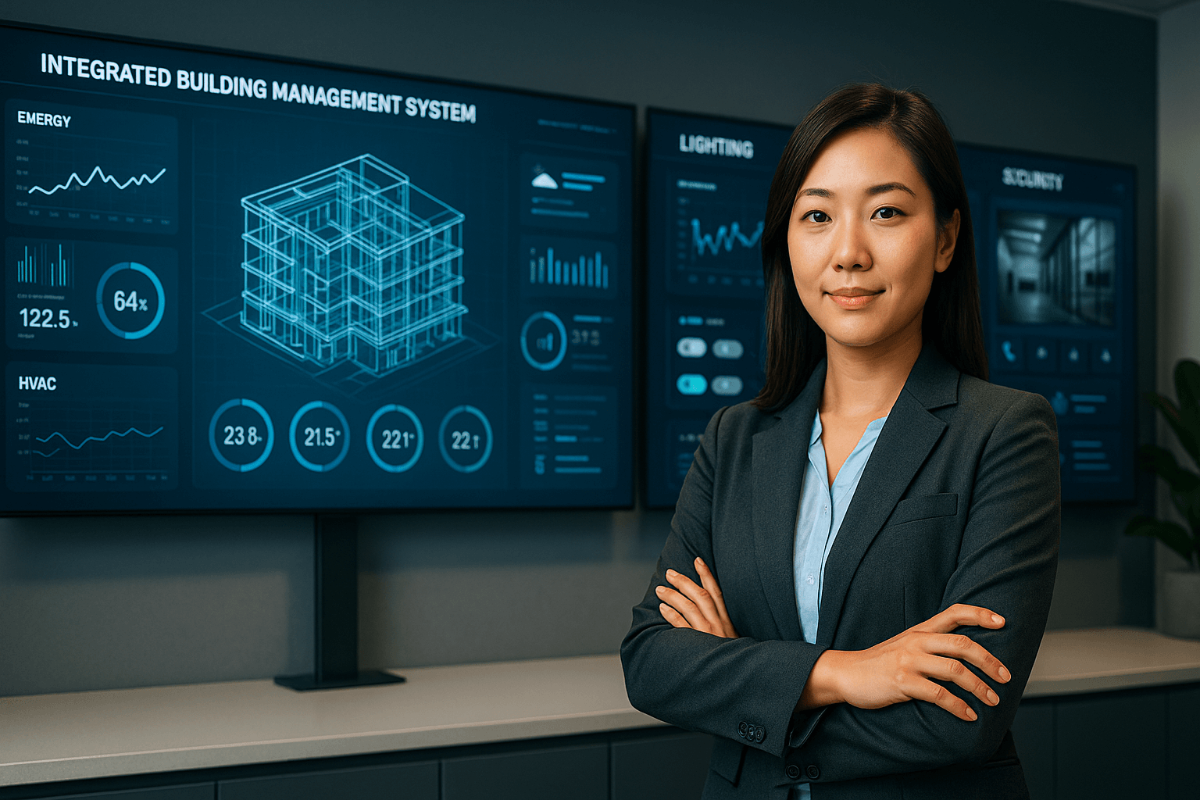




.png)




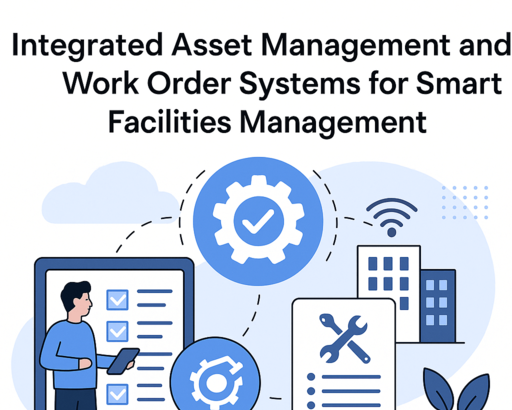
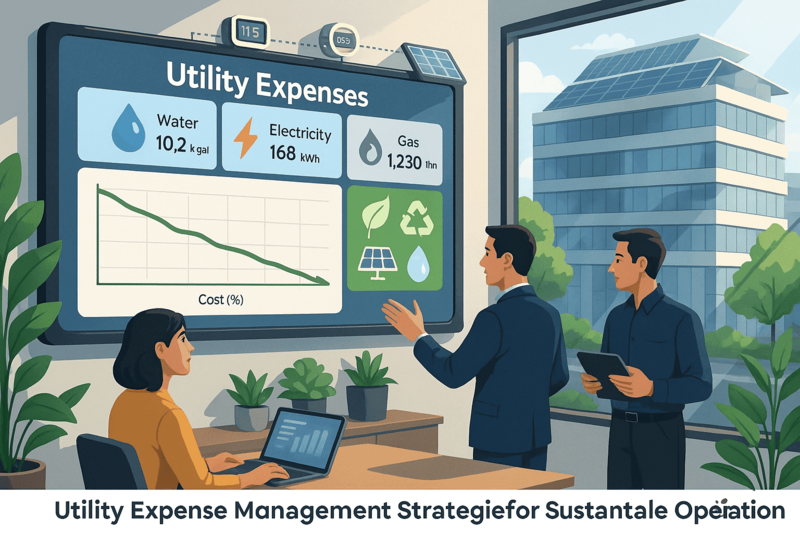












.jpeg)










